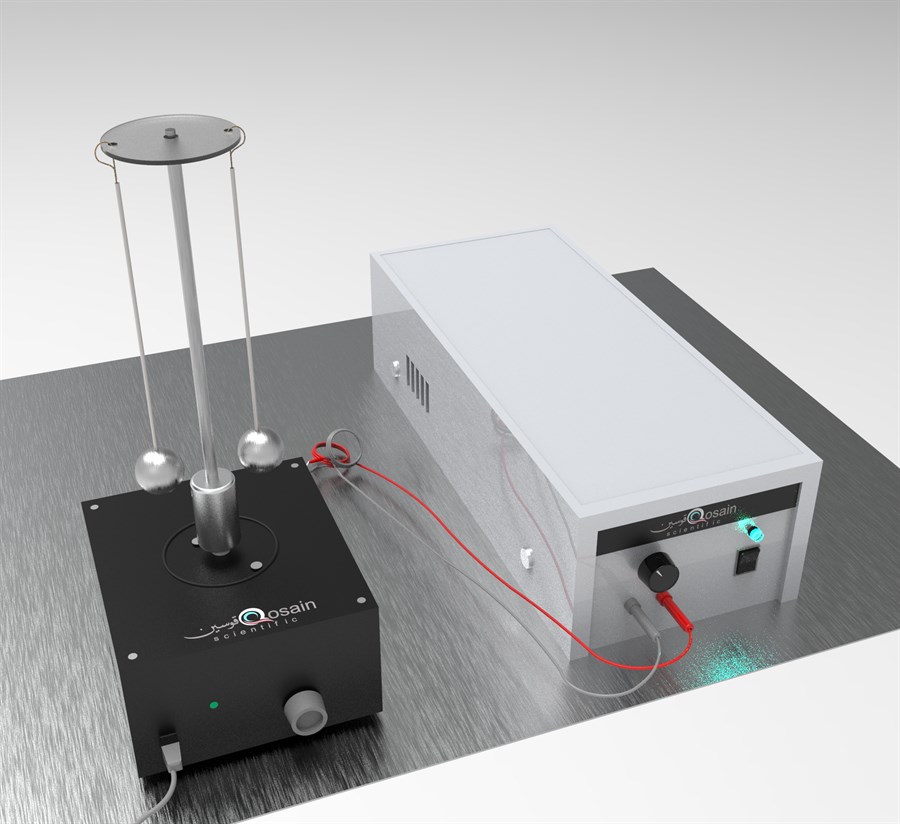Conical Pendulum & Centripetal Force
Equilibrium in rotational motion is a tricky concept. This experiment helps you explore precisely that. It also helps you learn why is the earth bulged at the equator and squished at the poles. Rotating a stone attached to the end of a string ultimately lifts it. See this in action, and that too quantitatively.
Overview
The Experiment
- Using video for observing a physical phenomenon.
- Calculating uncertainties from the measurements taken from a video.
- Observing the effect of angular velocity on geometric parameters of conical motion.
- Investigating discrepancies between theoretical predictions and experimental observations.
- Study dynamic equilibrium, angular velocity, centripetal forces, and acceleration due to gravity.
How does it work?
This experiment uses a Conical Pendulum to familiarize the experimenter with dynamic equilibrium in rotational motion. In this investigation, we identify the free body diagram of a horizontally whirling object and see how the object lifts as its speed goes up. The lift apparently defies the downward pull of gravity but we see how a angular balance of forces allows the object to swirl at a certain lift angle. As the speed of the object changes, the forces adapt and preserve the delicate balance.
In this experiment, the angular speed of a pair of spheres moving in a horizontal plane is controlled by a stepper motor. It is also monitored in real-time and displayed on a computer screen. We then record this motion using a video camera and use an image processing software to find the geometric parameters of the system. This information is used to make quantitative assessments. This experiment is a fine example of how video analysis can help understand the confusing nature of the rotational motion.
Major parts included
- Power source
- Conical Pendulum
- Stepper Motor Controller
- Stepper motor and housing
Parts not Included: (ask separately)
- PC
- Camera
- DC lights
- Tripod stand


